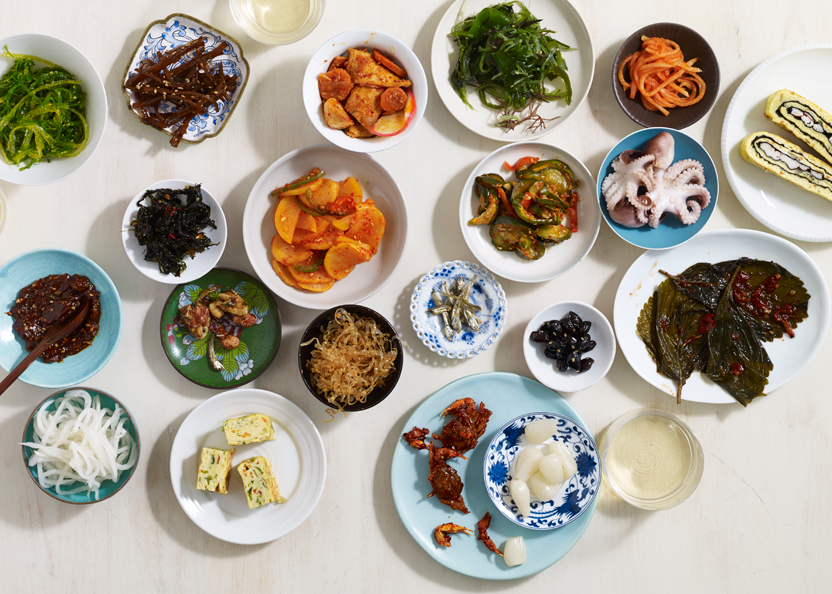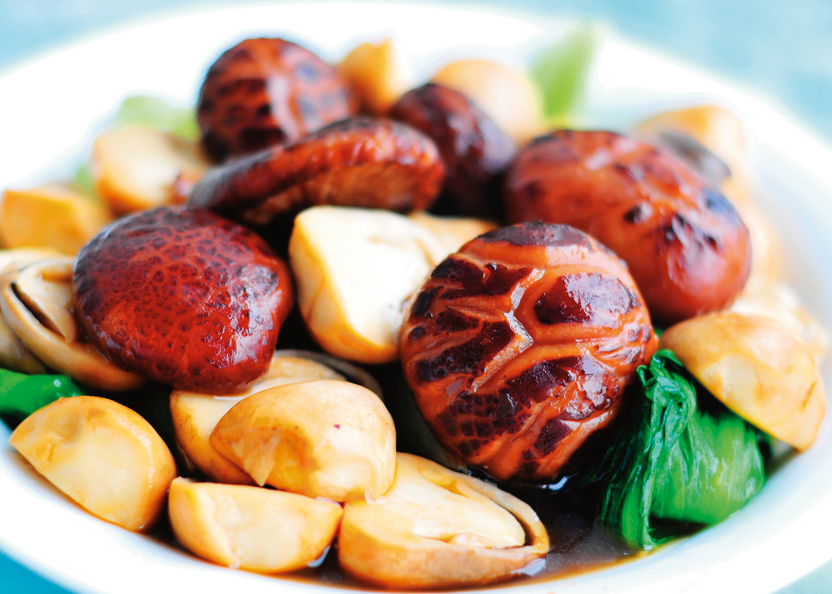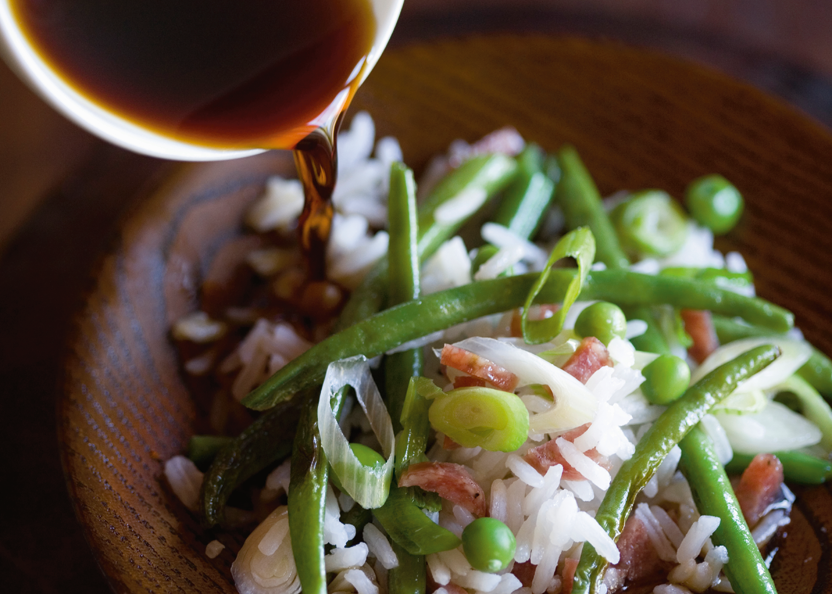
Asian cuisine is something we all know and love, but re-creating fantastic Asian dishes at home is a slightly trickier ball game. There’s often a wide range of foreign ingredients required, some of which you might use once in your lifetime if you’re lucky.
That’s why we’ve developed some handy hints to help you understand how to use Asian ingredients at home, as well as some tips to incorporate them into your family dishes.
Tofu
While its becoming more and more popular in Western cuisine, tofu has been a staple in Asian cooking for over two thousand years. It’s high in protein, low in fat and its mild flavour lends beautifully to a wide variety of recipes – for extra flavour it’s easily marinated with soy sauce and a great substitute for meat in any stir-fry or curry. Make sure you look for organic tofu which is often more solid and easier to cook with.
Mushrooms
Mushrooms are synonymous with Asian cooking. The taste benefits of mushrooms are untold, with their unique mild flavour but lasting aftertaste, adding a great texture to any dish. But, did you know that mushrooms are packed full of fourteen unique health benefits? From vitamin D to protein, to immunity boosting properties. Plus, whether it’s sliced, whole, or diced, mushrooms are incredibly functional and can go in just about everything.

Soy Sauce
Soy sauce is a great addition to any style of cooking, especially Asian, if you’re looking to increase flavour without adding excess salt. It’s perfect when seasoning soups, rice dishes, curries, stir fries, dressings and even dipping sauces.
Japanese soy sauce (also known as shoyu) is clearer and thinner than Chinese soy sauce. Dark Japanese soy sauce (or koikuchi) is richer, less salty and good for marinades, cooking and dipping sauces. Light Japanese soy sauce (or usukuchi) is slightly sweeter and saltier due to the addition of mirin, a sweet rice wine. It is suitable for seasoning without turning food a deeper a colour.
Like its Japanese counterpart, Chinese soy sauce can also be broken down into dark and light. Light soy sauce is more common in Chinese cooking. It is thinner and often used as a light seasoning or for dipping sauces. Dark Chinese soy sauce is richer and less salty than light and is suitable for cooking and as the base of sauces.

Coriander
Coriander and Asian cooking go hand in hand. Coriander pairs incredibly well with carrots, mint, chicken, beef, avocado, and various seafood like scallops and mussels. It’s best added to dishes just before serving, as heat can reduce its potency.
Chilli
It wouldn’t be Asian cooking without some heat! Chilli can be used in a variety of ways from being placed into curries and stir-fries whole to add a smooth flavour or pasted with salt and vinegar to create a homemade curry paste.
Limes
Limes are predominantly used in Vietnamese and Thai cooking, considering that they’re a key ingredient in fish sauces. Highly aromatic and acidic, they’re a versatile citrus fruit which can also be used in Indian dishes to add some cut-through and provide a fresh flavour. Use sparingly as it can be overpowering!
…
Now that you’re clued up on the ins and outs of Asian cuisine, why not try out this Crispy Thai Prawn Salad recipe
Share your next Asian masterpiece by tagging #AtoZofMmmm on Facebook or Instagram.




